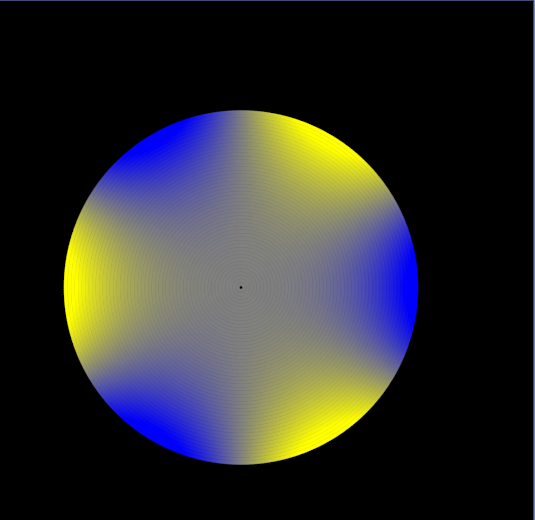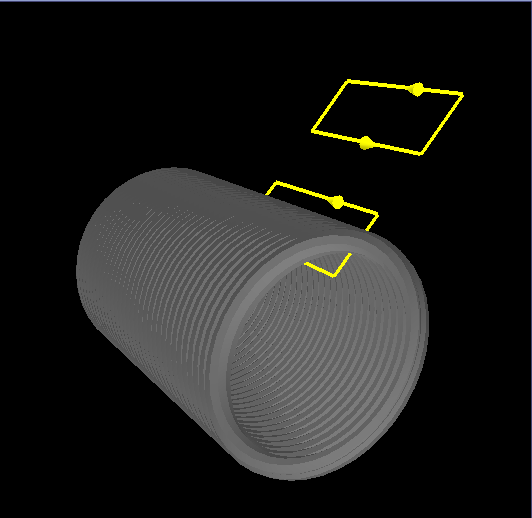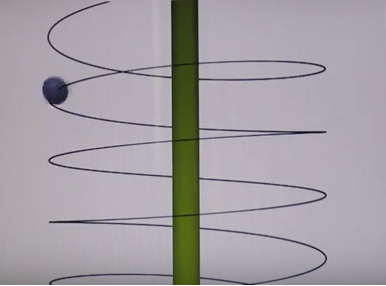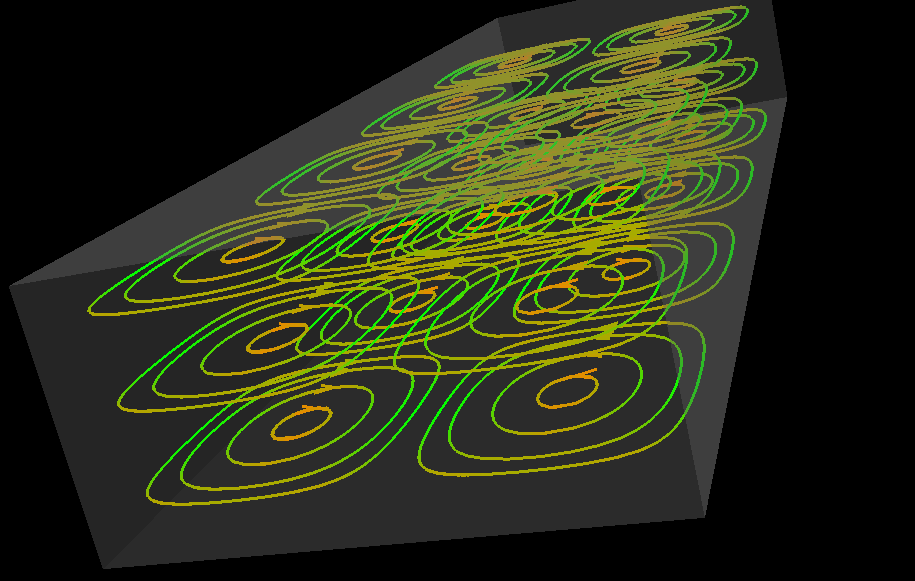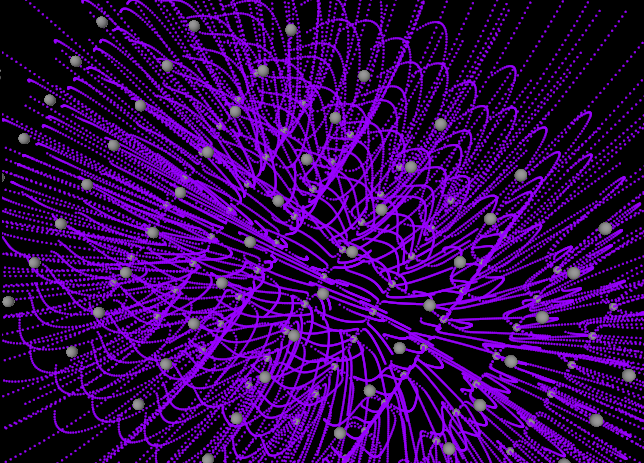
Electric Field Lines due to Point Charges:
Simulations of the electric field due to a variety of charge configurations are presented and discussed. In addition to the classic textbook figures of the electric field due to a single charge, the field due to two like charges of equal magnitude, and the field due to two unlike charges of equal magnitude, simulations of the electric field due to each of the following configurations are presented and discussed: three like charges in a line, a line of like charges, a ring of like charges, a ring of like charges and a single charge outside the ring, a sheet of charges, and a sheet of positive charges and a sheet of negative charges.


